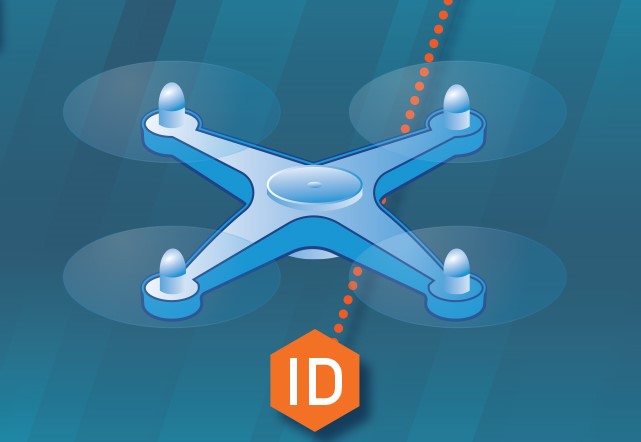Santa Delivered Proposed Remote ID Rule
On December 26 the FAA released the proposed 319-page remote ID rule (Notice of Proposed Rulemaking on Remote Identification of Unmanned Aircraft Systems (Part 89)) and per federal rules, will be open for a 60-day public comment period. The proposal is comprehensive, covering UAS weighing 250 grams or more as necessary for safety and security. It is performance-based, and therefore future-proofed, but implementation may take up to three years! Remote ID is necessary to enable more complex drone operations such as beyond visual line-of-sight (BVLOS).
The purpose of the rule is:
- Remote identification of Unmanned Aircraft Systems (UAS) is necessary to address aviation safety and security issues related to the integration and operation of UAS in the National Airspace System and is an essential component of future UAS Traffic Management.
- National security partners, Federal, State, and local law enforcement agencies need to know the location and identity of unmanned aircraft (UA) and must be able to locate the control station. For security reasons and threat discrimination purposes, they also need to have near real-time access to remote ID messages. The proposed rule addresses this by requiring all UAS to transmit the remote ID message via the internet to a Remote ID UAS Service Supplier (USS) and by requiring certain UAS to broadcast the remote ID message directly from the UA.
- The transmission requirements enable the storage of the data for investigation purposes.
The proposed rule is structured around operating rules for UAS operators and design and production rules for manufacturers of UAS operated in the United States.
Over the past year ANRA Technologies has been actively working on both broadcast and network based Remote ID capabilities and associated demonstration in the US and internationally in addition to being a key contributor for defining the ASTM Remote ID standards.
Remote ID implementation will be cheap or even free for most drone operators. We look forward to filing public comments with the agency and to continuing our work with the federal government to continue to integrate commercial drones into the National Airspace System. Here are some of our initial thoughts about the proposed rule:
- Cost and privacy issues might lead to lobbying and potentially lawsuits. The industry will need to decide whether it’s better to move forward with an imperfect heavy solution or to potentially delay the proposed implementation schedule with countless debate and litigation. Further delay is unacceptable.
- The proposed rule addresses retrofits, but only in an OEM (aircraft manufacturer) By the FAA’s estimate, 93 percent of existing product can become compliant with a firmware upgrade.
- Taking a long view as an airspace management technology provider, we want to ensure this rule doesn’t negatively impact UAS flying at higher altitudes using larger systems – think Urban Air Mobility.
We are in agreement with Brian Wynne, president and CEO of the Association for Unmanned Vehicle Systems International (AUVSI), whom stated,
“The importance of remote ID regulations cannot be overstated, as they are necessary to enable advanced and expanded operations such as flights over people and beyond line of sight. They also serve as the linchpin needed for future rulemakings that will pave the way for transformative uses of UAS with significant benefits for our economy and society, including widespread UAS delivery. Finally, remote ID will also help law enforcement identify and distinguish authorized UAS from those that may pose a security threat.”
Let’s hope Santa brings us a well written and timely rule very, very soon.







